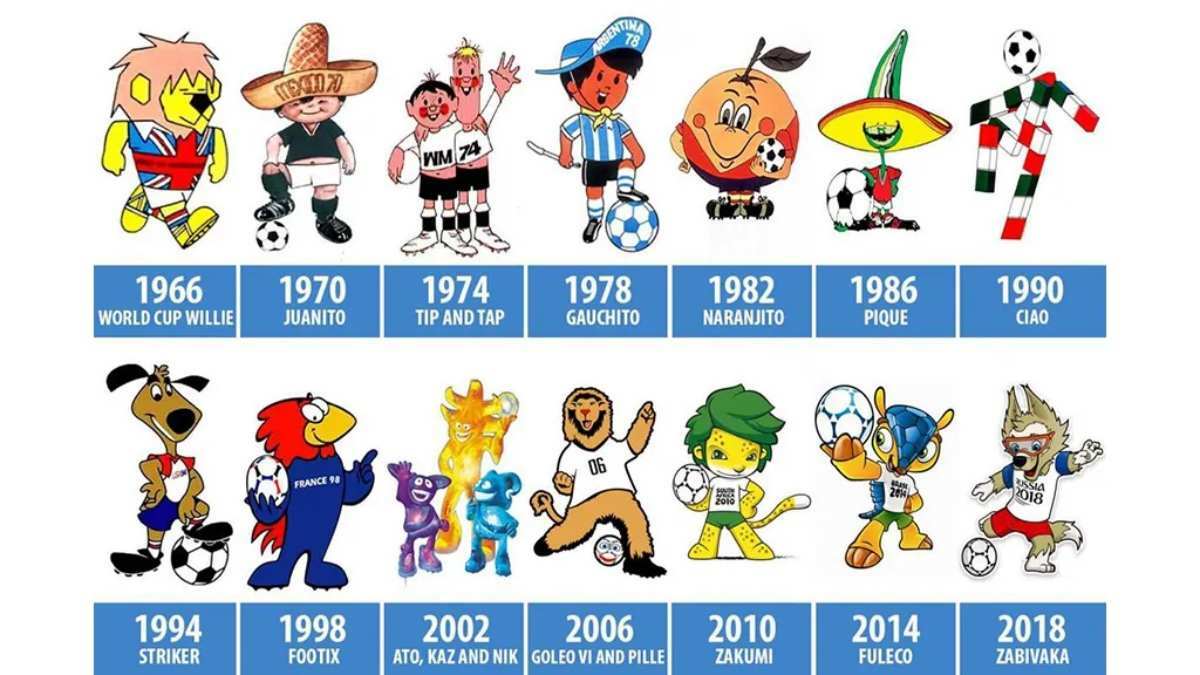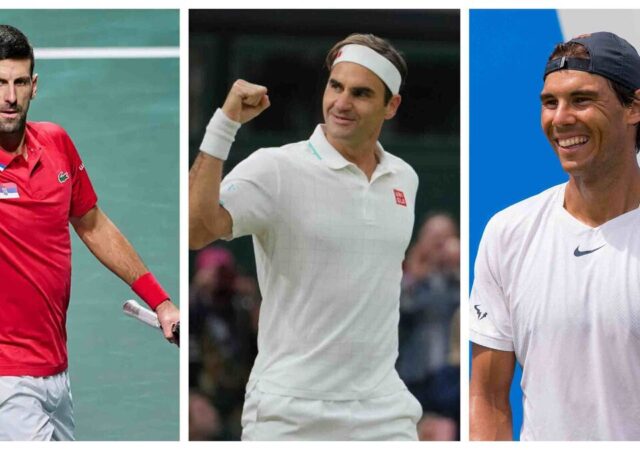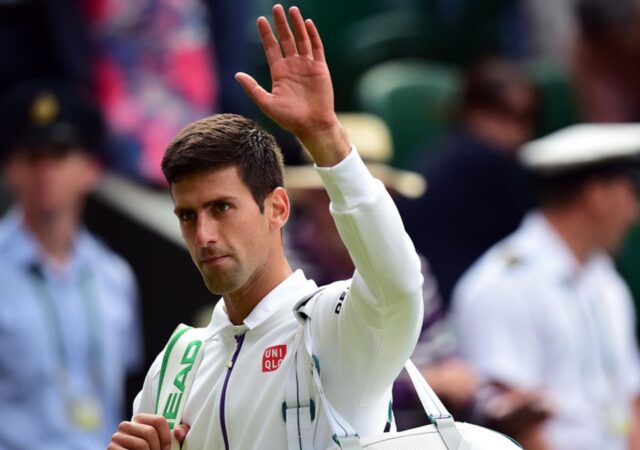It’s been a trend to introduce unique Mascots at every FIFA World Cup. From 1966 when World Cup started to release the Mascots to FIFA World Cup 2022, we all love to see different, unique, and creative Mascots every World Cup.

What makes these Mascots so special is that they represent the culture of the country who is hosting the World Cup. The FIFA World Cup hosted by Qatar, the first Arab country.
The host nation is presenting its culture and heritage to the world as the major football tournament goes on, and the huge event’s official mascot was also influenced by Arab ideals.
So, let’s have a look at some of the best Mascots at FIFA World Cups
10) TIP TAP – West Germany, 1974

Tip and Tap, two little boys, were intended to stand in for a united Germany 16 years before the nation’s official Unification Day.
They also shared an odd-looking t-shirt with the letters WM on it, which obviously stand for Weltmeisterschaft, the German word for World Cup.
9) The Spheriks – South Korea & Japan, 2002

The Spheriks, or Ato, Kaz, and Nik as they were known individually, were allegedly computer-generated images that predicted the future.
8) Zabivaka – Russia, 2018

When you look at the photographs and have no idea what anything is, it’s not a good indicator.
The name Zabivaka, which means “goalscorer,” suggests that the animal is a wolf.
7) La’eeb – Qatar, 2022

La’eeb is a traditional white floating Ghutrah which is a traditional white headwear for Arabs. This Mascot looks cute and attractive and has to be on the list.
6) Juanito – Mexico, 1970

Juanito, a small boy, is claimed to represent the typical Mexican football fan in yet another not overly extravagant attempt.
He is really just a boy, but his big hat and boots make him easily recognizable and endearing. It looks cute though and definitely represents the country’s culture.
5) Naranjito – Spain, 1982

Spain included an orange in their national uniform in 1982 and gave it the name “little orange.” Simple but powerful.
4) Stryker – USA, 1994

Striker is a typical American dog dressed as a fan, created by the Warner Bros. animation department.
One of the first real, living mascots to appear in the World Cup, and it does, in fact, resemble a dog, demonstrating how little technology has advanced in the past 24 years.
3) Zakumi – South Africa, 2010

A leopard wearing a green shirt saying World Cup, and the green colour represents the country’s national team South Africa.
2) Footix – France, 1998

Any football fan will recognise Footix as the mascot of the country that won the 1998 World Cup in France.
He wears the team’s colours, which are primarily blue with red accent, and is a cockerel, which is a national symbol of France.
1) Goleo – Germany, 2006

A lion wearing No. 6 Jersey and his side-kick, footballing legend Pele.




